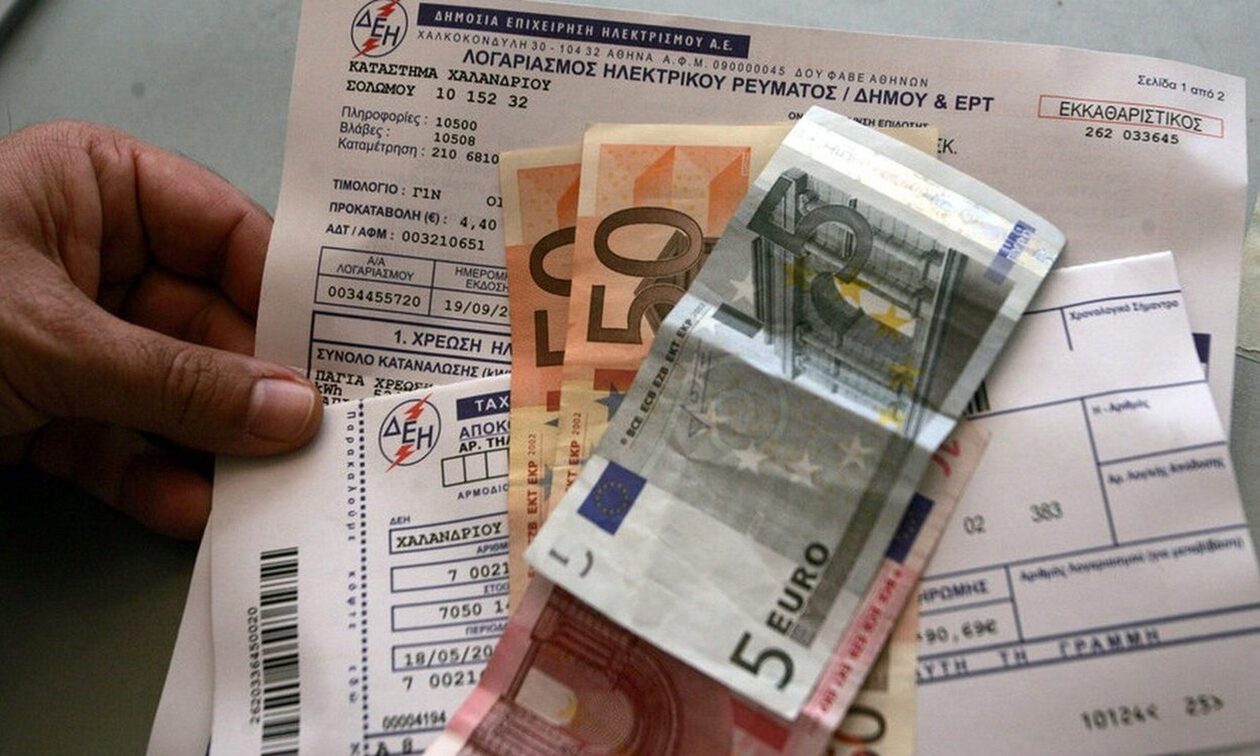
Electricity: change again landscaping in electricityAs a flat fee… the end!
It was fall 2020 when fixed electricity prices started hitting the market.
With families trying to recover from the lockdown, few – perhaps no one – could have imagined what would happen next for Energy and electricity prices.
However, thousands of households have shifted their tariffs to “fixed” by fixing the kilowatt-hour rate at 10-11 cents.
The price that might have seemed exorbitant at the time (given that we were in a period where the so-called readjustment clause was an unknown concept while private providers sold kilowatt-hours for 5-6 cents) turned out to be really “golden” from May 2021 onwards.
But as with all good things in life, fixed pricing ends at some point.
Already, thousands of consumers have received a notification inviting them to choose their billing method within the next 60 days.
Practically, they have no choice.
Flat tariffs are not achievable at the moment no matter which provider you turn to. So, buoyancy is the only solution.
So, to the “lucky ones” who were protected by the low and closed rate of 10 cents for the entire previous period, a floating rate, which despite the support to 16-17 cents, will look like a mountain.
The lucky ones of the previous months would now join their fate with the others.
In fact, as the weeks and months pass, the sending of similar messages – which are now standardized and common to all – will become more and more frequent, while if nothing changes significantly in the next period of time, fixed bills will cease to exist in the market especially as of the second half of year 2023.
Electricity: how to save tens of euros – all the steps
The electric bill is a burden to every home, but there are smart steps to reduce it dramatically.
With small changes in daily habits, energy savings of over 18% can be achieved for the average household.
Although the government Since the beginning of the energy crisis Supporting families and businesses, experts explain to ET on Sunday, it is important to change the way we think so that we don’t pay extra money for things we’ve learned, however, to be wrong.
In fact, as he explained to “ET” on Sunday Energy Inspector – Mechanical Engineer AUTH Michalis Christodoulidis, it is possible without spending a single euro to save energy by more than 18% for a family of 4 people.
“In general, there are three times the energy savings, if followed at home, Energy savings can be achieved from 15% to 40%, It always depends on the family’s financial ability to invest in some energy change,” he points out.
As is known, electricity bills have risen for old and energy-consuming electrical appliances.
Families with the financial means to replace their old devices and those who have joined the “recycle – change device” program will immediately notice the difference, but the rest will need to follow a few tips.
According to Mr. Christodoulides, the first rule is to replace old and energy-consuming household equipment with the equivalent of new technology, high energy class (A, A + or A ++).
The second rule is the maintenance of existing equipment (home appliances, stoves, air conditioners, etc.) and the third rule is the intelligent handling of the equipment, along with changing “bad” habits, such as waste and reckless use of devices.
But what are the devices that affect electricity bills and increase consumption dramatically?
Electric water heater is the most energy consuming household appliance, it consumes the most energy of all appliances, about 80 kWh per month for domestic hot water production, this is equivalent to 25%-30% of the total monthly energy consumption of an ordinary family.
As the power inspector explains, the intermittent flow of hot water, that is, for showering, can be used instead of 35 liters of hot water, 30 liters. 5 liters saved per day per shower is equivalent to 0.1 kWh of energy savings. For a family of four, this means 0.4 kWh per day, which is 12 kWh per month. That is, we achieve energy savings of about 15%.
Air conditioner can be very expensive.
However, if it was set to 27° in summer, then 10% energy would be saved for each degree above 25°C, so at 27°C we achieved 20% savings.
“That is, an air conditioner with thermal power of 9000 BTU (inverter) for 6-8 hours a day at an operating temperature of 22 ° C consumes about 4.00 kWh, while if we reduce the operating temperature from 22 ° C to 20 ° C, Then we save 0.56 kWh per day, that is 16.8 kWh per month,” he points out.
Cooking is a daily necessity, however, if it is not conducted under the right conditions, it can greatly affect the family budget.
“Rule #1, we use every cooker on the stove whose dimensions exactly match the dimensions of the bottom of the appliance. We do not roast coffee with the pot in the eye of the large pot, do not open the oven door too often, and turn off the oven cooking function 10 to 15 minutes before Food cooked. Once a year we clean the kitchen of grease. All these things combined save 12% of electricity consumption. Given that a typical use of an electric stove consumes 60 kWh per month, that means we save 7.20 kWh per month,” Explains the power inspector.
Not all households may use the washing machine daily, but, for example, if the clothes are washed at 40 ° C instead of 60 ° C in a washing machine of energy class C or D, then we save 8 kWh – 10 kW in hour on a monthly basis.
Devices operating in standby mode (the so-called standby current) waste energy and thus inflate the electric bill.
These devices are TV, PC, game consoles, microwave oven, portable charger, printer, speakers, etc.
When these devices are not in use, i.e. in standby mode, they consume 3% of the total surge current in an average home.
Given that a typical home today consumes an average of 300 kWh per month, 3% corresponds to 9 kWh.
If we turn off the TV from the switch (eg at night) and not from the remote control, the computer, that is, the screen from the switch and not from the off command, disconnect the chargers or the microwave and if they are connected to the multi-socket, close the multi-switch Sockets, without spending a single euro, but by changing the habits of using household appliances, we can save only 55 kWh per month from the aforementioned appliances, i.e. 18% without degrading the quality of life.
Another important tip is to replace light bulbs with LED technology.
“The fact is that although energy upgrade programs are considered the most popular and most accommodating through NSRFs, the percentage of energy upgrades in the building stock in the country has not exceeded 10% to date.
It should be noted that nearly 60% of the country’s building stock is classified in the latter energy classes, in terms of energy efficiency (Z or H),” concludes the energy inspector.

“Avid problem solver. Extreme social media junkie. Beer buff. Coffee guru. Internet geek. Travel ninja.”





More Stories
A sell-off in technology sent the Nasdaq down 5.5% over the week
Maternity allowance of €1,200 per month
Who is the temporary contractor for Pier 6?